42 carbohydrates on food labels
Understanding Food Labels - The Nutrition Source All FOP labels in the U.S. are voluntary, which allows food manufacturers to highlight or hide the nutrition information they choose to help promote or preserve sales. If warning labels became mandatory, as public health advocates propose, the pressure on manufacturers would increase to change certain products to improve their nutritional quality. Figuring Out Food Labels (for Kids) - Nemours KidsHealth A food with 5% or less of a nutrient is low in that nutrient. A food with 10%–19% of a nutrient is a good source of that nutrient. A food with 20% or more of a nutrient is high in that nutrient. The information on food labels is based on an average adult diet of 2,000 calories per day. The actual number of calories and nutrients that kids ...
Food labels & nutritional information | Raising Children Network Ingredients on food labels. In Australia, food manufacturers must be truthful on their food labels. A food label can include only the ingredients that are in the food product. For example, strawberry yoghurt must contain strawberries. The label also has to list the amount of the ingredient that’s in the food. This information is in the ...
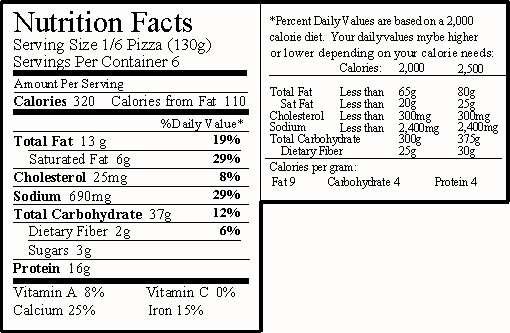
Carbohydrates on food labels
Carbohydrates and Blood Sugar - The Nutrition Source When people eat a food containing carbohydrates, the digestive system breaks down the digestible ones into sugar, which enters the blood. As blood sugar levels rise, the pancreas produces insulin, a hormone that prompts cells to absorb blood sugar for energy or storage. As cells absorb blood sugar, levels in the bloodstream begin to fall. When this happens, the … Learning About Carbohydrates (for Kids) - Nemours KidsHealth Simple carbohydrates: These are also called simple sugars. They're found in refined sugars, like the white sugar you see in a sugar bowl. If you have a lollipop, you're eating simple carbs. But you'll also find simple sugars in more nutritious foods, such as fruit and milk. It's healthier to get your simple sugars from foods like these. Why? Because sugar isn't added to them and they … The Basics of the Nutrition Facts Label - Academy of Nutrition and ... 04/03/2022 · Use the percent Daily Values (DV) to help evaluate how a particular food fits into your daily meal plan. Percent DV are for the entire day, not just one meal or snack. Daily Values are average levels of nutrients based on a person who eats 2,000 calories a day. A food item with a 5% DV of fat provides 5% of the total fat that a person who needs ...
Carbohydrates on food labels. Changes to the Nutrition Facts Label | FDA - U.S. Food and Drug ... 07/03/2022 · Manufacturers with $10 million or more in annual sales were required to update their labels by January 1, 2020; manufacturers with less than $10 million in annual food sales were required to ... Understanding food labels | Diabetes UK Labels on the front don’t include the amount of carbs, so check the label on the pack for the total carbohydrate, which includes carbohydrates from starchy food as well as sugars. The figures for sugars on traffic lights are for total sugars, which doesn’t tell you how much of the sugar comes from natural sources, such as fructose and how much is added, such as sucrose or glucose. Reading food labels: Tips if you have diabetes - Mayo Clinic 25/06/2021 · The serving sizes listed on food labels may be different from the serving sizes in your meal plan. If you eat twice the serving size listed on the label, you also double the calories, fat, carbohydrates, protein, sodium and other ingredients. Consider your daily calorie goals. The same goes for the Daily Value listed on food labels. This ... Understanding Food Nutrition Labels | American Heart Association 06/03/2017 · When the Nutrition Facts label says a food contains “0 g” of trans fat, but includes “partially hydrogenated oil” in the ingredient list, it means the food contains some trans fat, but less than 0.5 grams per serving. So, if you eat more than one serving, you could end up …
The Basics of the Nutrition Facts Label - Academy of Nutrition and ... 04/03/2022 · Use the percent Daily Values (DV) to help evaluate how a particular food fits into your daily meal plan. Percent DV are for the entire day, not just one meal or snack. Daily Values are average levels of nutrients based on a person who eats 2,000 calories a day. A food item with a 5% DV of fat provides 5% of the total fat that a person who needs ... Learning About Carbohydrates (for Kids) - Nemours KidsHealth Simple carbohydrates: These are also called simple sugars. They're found in refined sugars, like the white sugar you see in a sugar bowl. If you have a lollipop, you're eating simple carbs. But you'll also find simple sugars in more nutritious foods, such as fruit and milk. It's healthier to get your simple sugars from foods like these. Why? Because sugar isn't added to them and they … Carbohydrates and Blood Sugar - The Nutrition Source When people eat a food containing carbohydrates, the digestive system breaks down the digestible ones into sugar, which enters the blood. As blood sugar levels rise, the pancreas produces insulin, a hormone that prompts cells to absorb blood sugar for energy or storage. As cells absorb blood sugar, levels in the bloodstream begin to fall. When this happens, the …
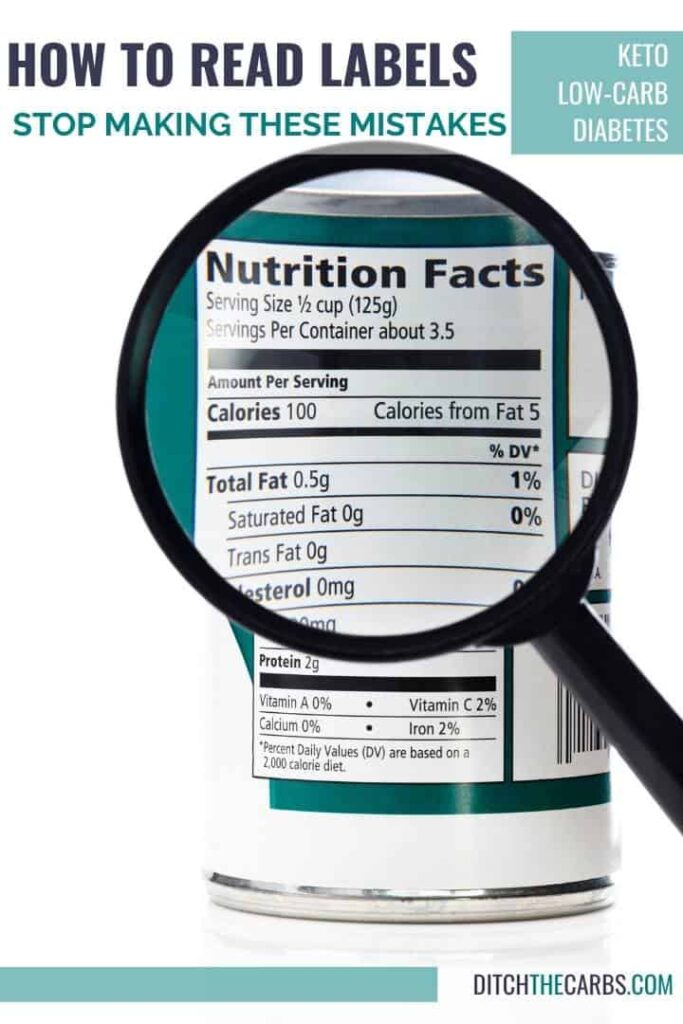


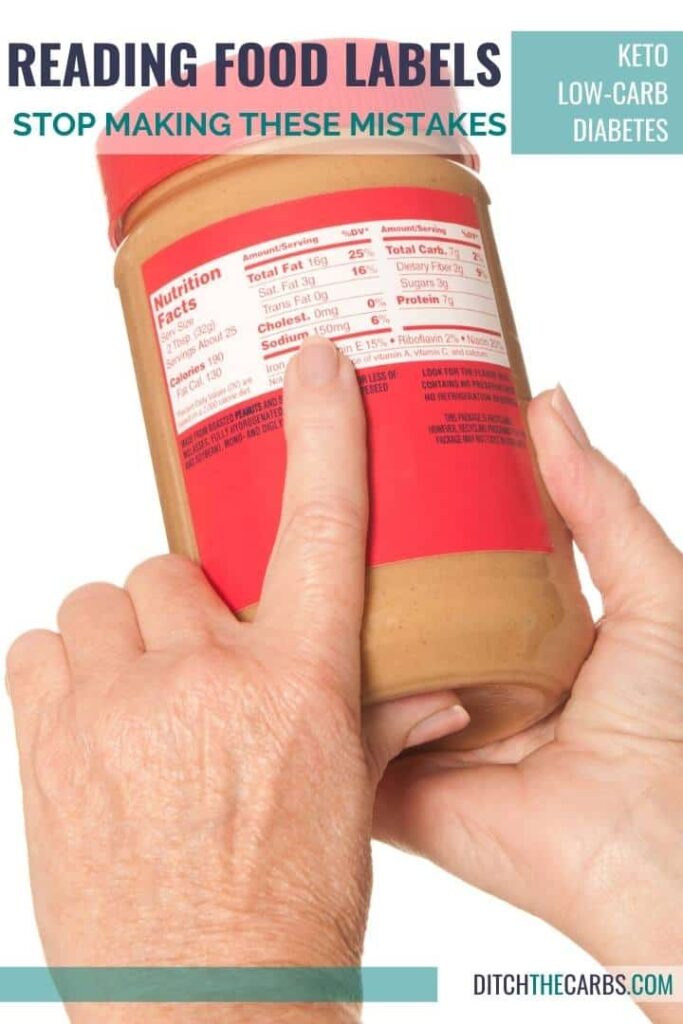



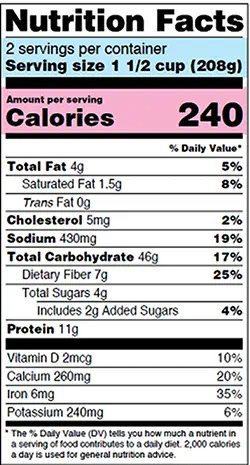

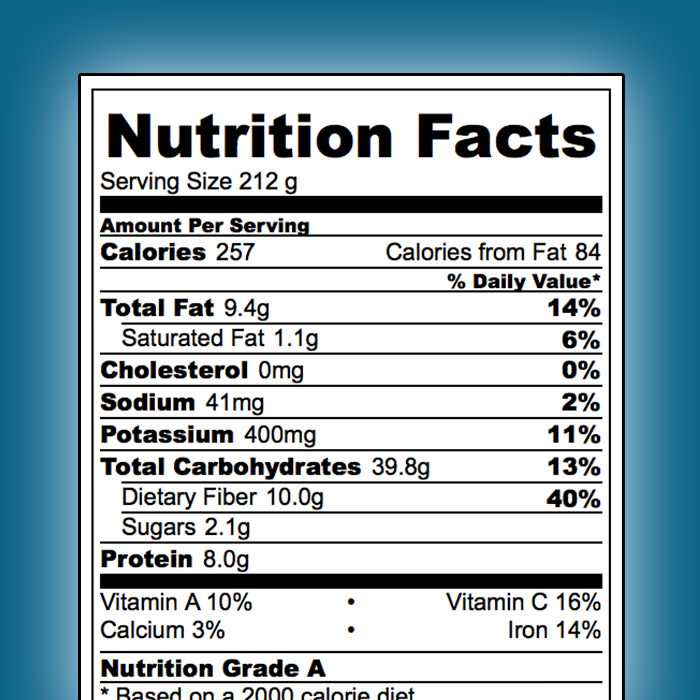
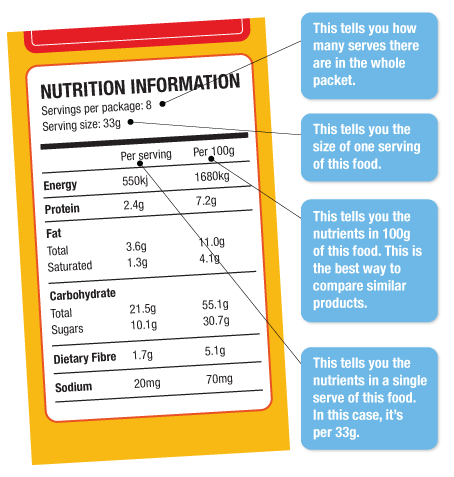




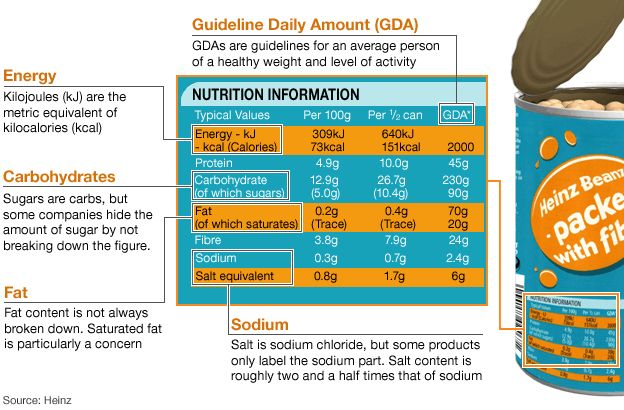
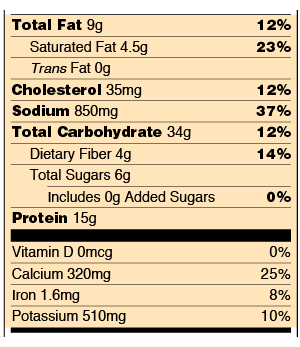
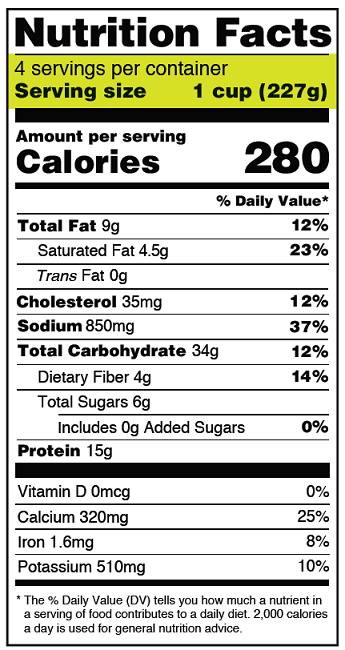

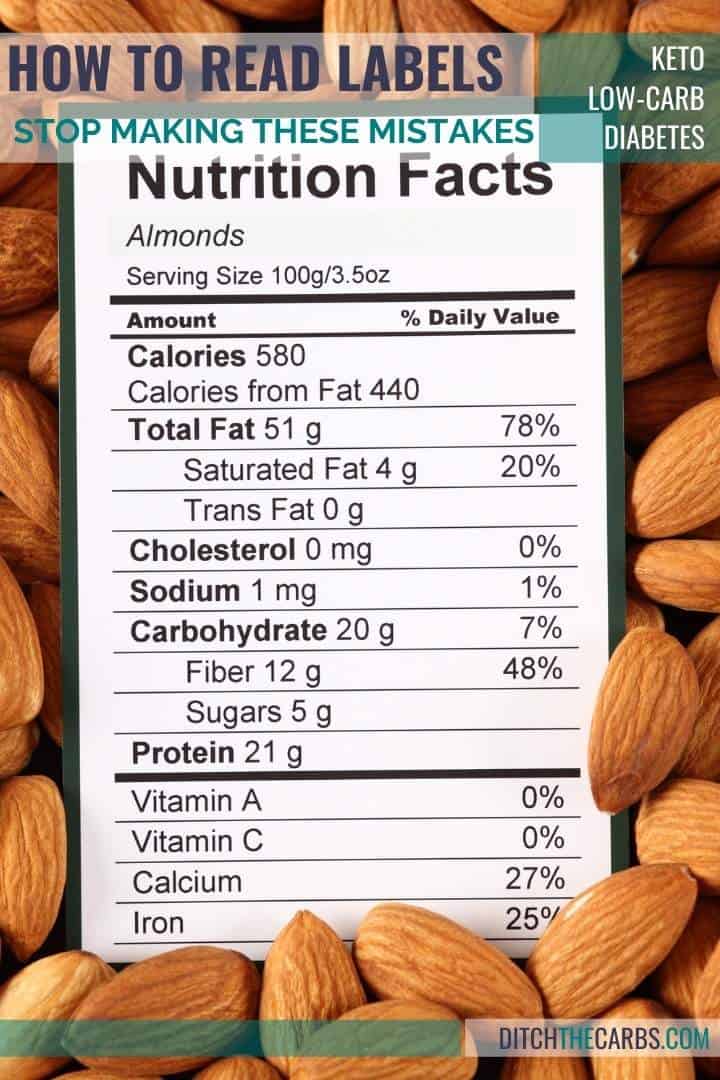



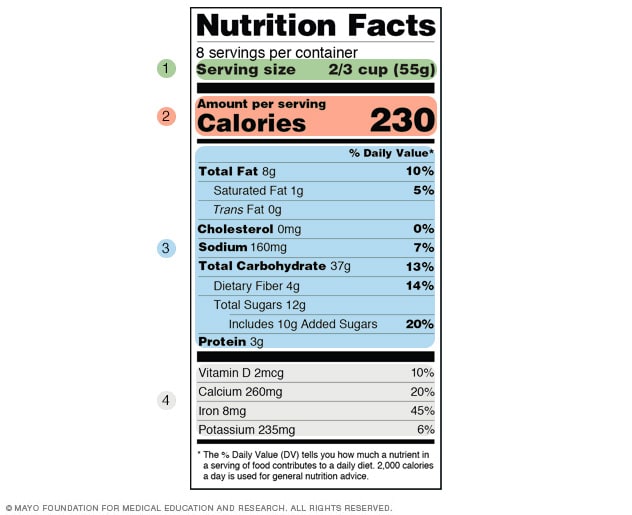
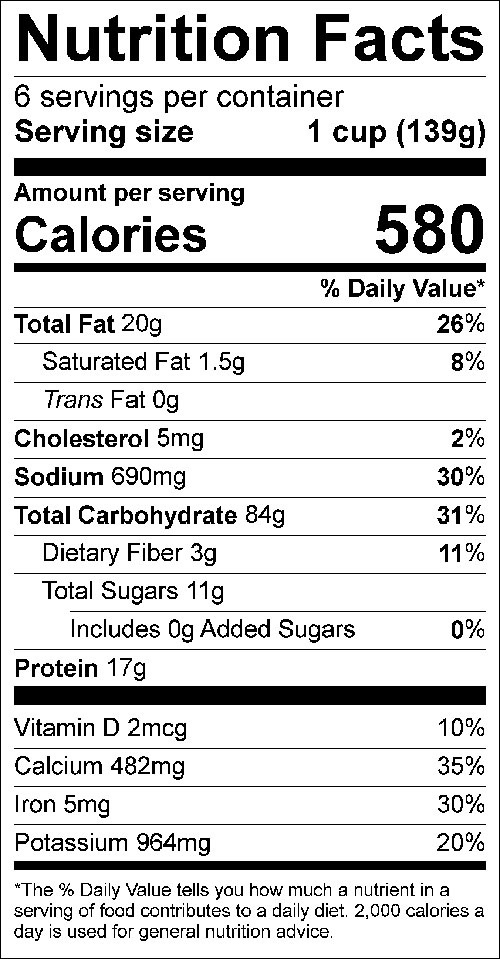




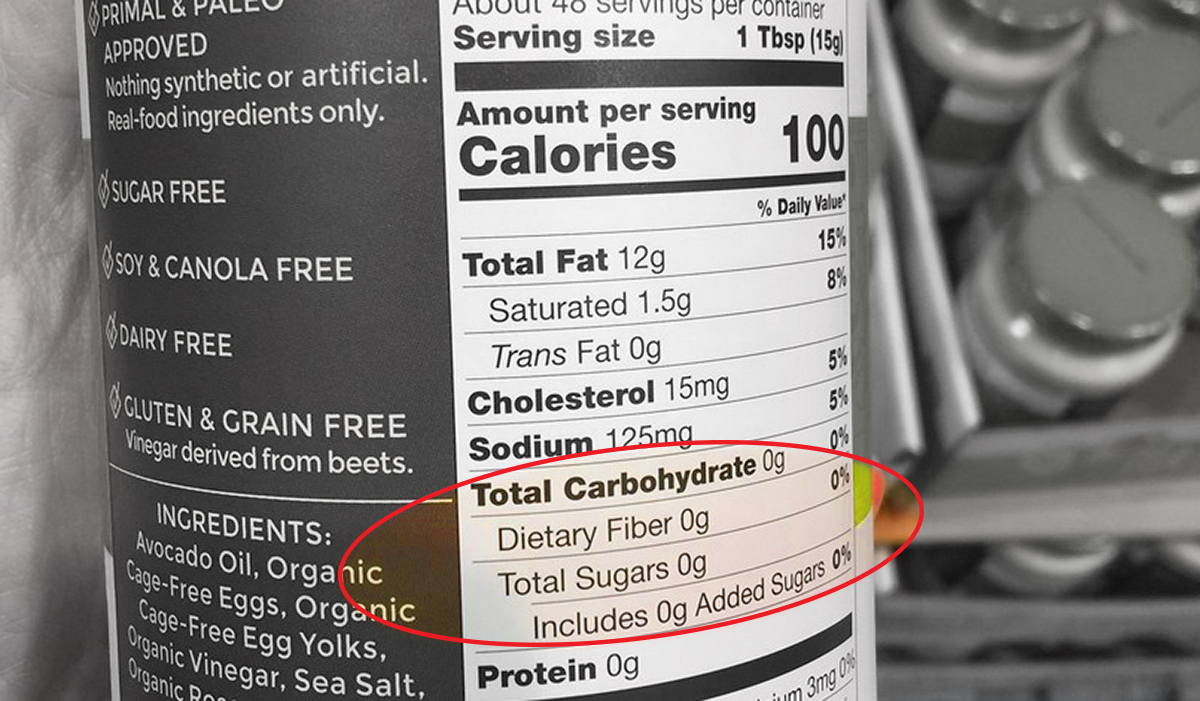
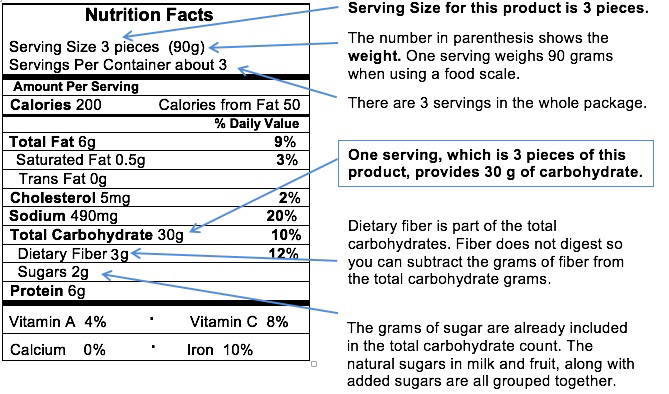








Post a Comment for "42 carbohydrates on food labels"